


Diminished 7th Chords – Piano Accompaniment Video
You are unauthorized to view this page.
Exploring Hip Lick #1
You are unauthorized to view this page.
Exploring Hip Lick #2
You are unauthorized to view this page.

by musictech | Oct 4, 2020 | ROAD TIPS, THEORY GAMES
You are unauthorized to view this page.
by musictech | Oct 4, 2020 | CHORD STUDIES, Diminished Chords
You are unauthorized to view this page.
by musictech | Oct 4, 2020 | HIP LICKS, VOCABULARY
You are unauthorized to view this page.
by musictech | Oct 4, 2020 | HIP LICKS, VOCABULARY
You are unauthorized to view this page.
by musictech | Oct 4, 2020 | Bebop, HIP LICKS, JAZZ LANGUAGE, VOCABULARY
You are unauthorized to view this page. Hip Licks for Trumpet iPhone / iPad App
$13.99
Hip Licks for Trumpet iPhone / iPad App
$13.99
 Jazz Studios designer T-Shirt (Size XX-Large)
$24.95
Jazz Studios designer T-Shirt (Size XX-Large)
$24.95
 Jazz Studios designer T-Shirt (Size X-Large)
$24.95
Jazz Studios designer T-Shirt (Size X-Large)
$24.95
 Jazz Studios designer T-Shirt (Size Large)
$24.95
Jazz Studios designer T-Shirt (Size Large)
$24.95
 Hip Licks for Guitar iPhone / iPad App
$13.99
Hip Licks for Guitar iPhone / iPad App
$13.99
 Jazz Studios designer T-Shirt (Size Small)
$24.95
Jazz Studios designer T-Shirt (Size Small)
$24.95
 Hip Licks for Alto Sax Vol 2 iPhone / iPad App
$12.99
Hip Licks for Alto Sax Vol 2 iPhone / iPad App
$12.99
 Hip Licks for Tenor Sax Vol 2 iPhone / iPad App
$12.99
Hip Licks for Tenor Sax Vol 2 iPhone / iPad App
$12.99
 Hip Licks for Tenor Sax Vol 1 iPhone / iPad App
$12.99
Hip Licks for Tenor Sax Vol 1 iPhone / iPad App
$12.99
 Hip Licks for Alto Sax Vol 1 iPhone / iPad App
$12.99
Hip Licks for Alto Sax Vol 1 iPhone / iPad App
$12.99
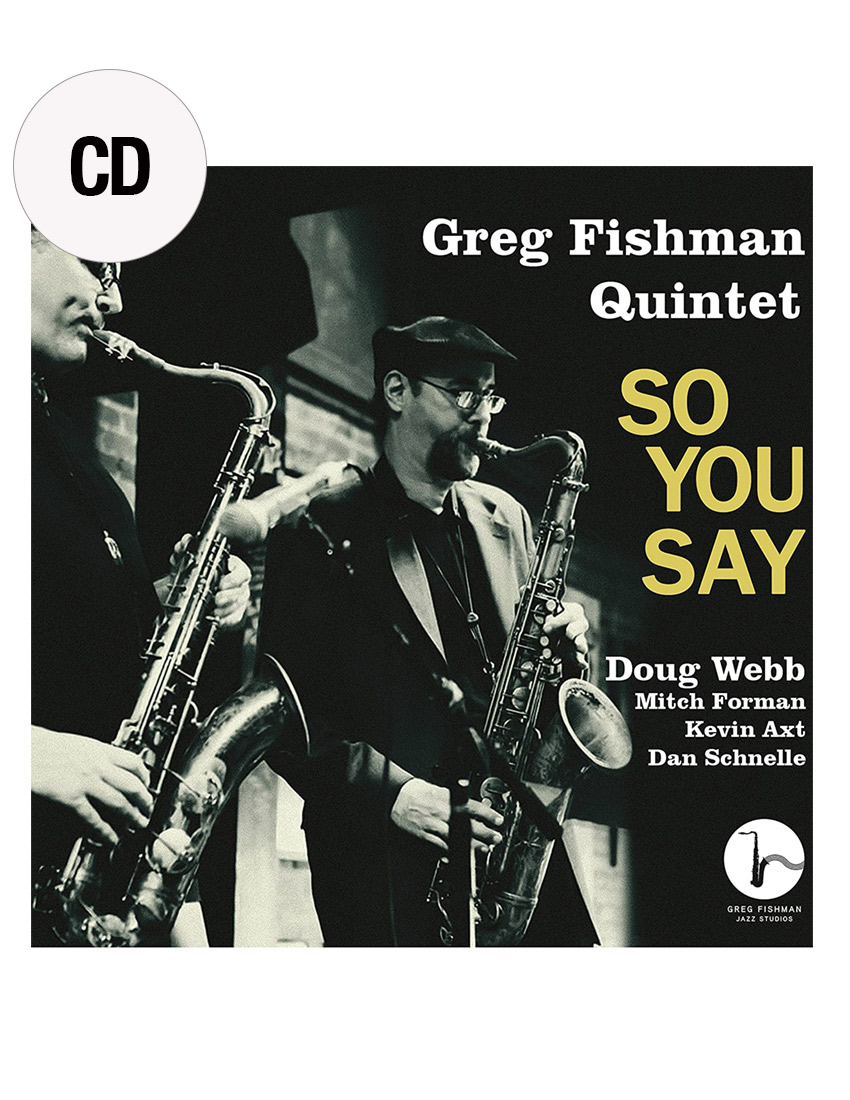 So You Say
$14.95
So You Say
$14.95
 10 Skype Lesson Pack
$1,100.00
10 Skype Lesson Pack
$1,100.00
 5 Skype Lesson Pack
5 Skype Lesson Pack
 3 Skype Lesson Pack
$360.00
3 Skype Lesson Pack
$360.00
 1 hour Skype Lesson
1 hour Skype Lesson
 Jazz Studios designer T-Shirt (Size medium)
$24.95
Jazz Studios designer T-Shirt (Size medium)
$24.95
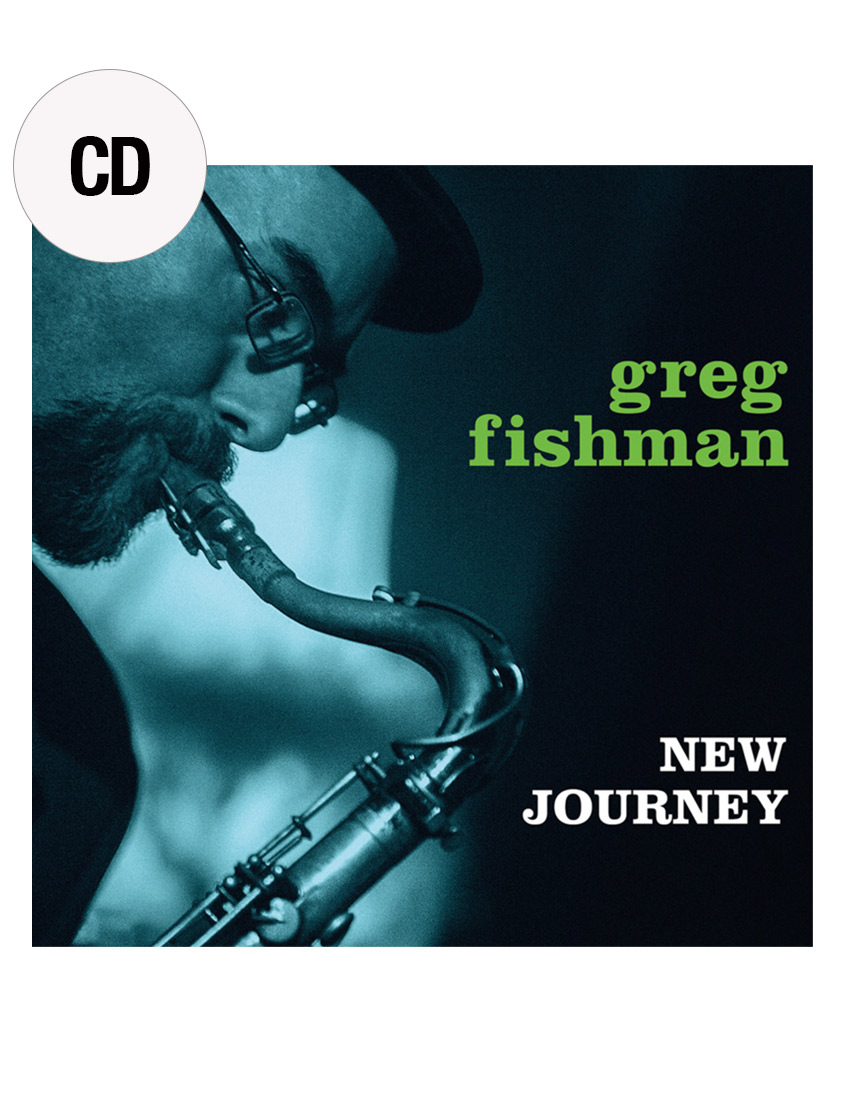 New Journey
$16.95
New Journey
$16.95
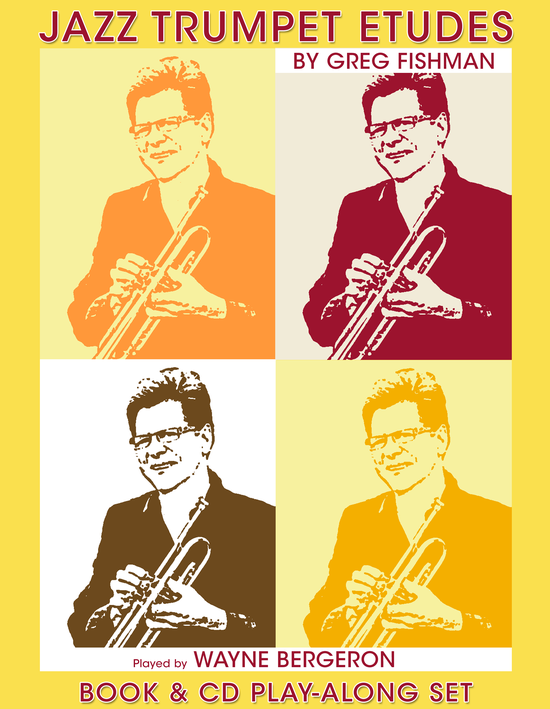 Jazz Trumpet Etudes
$24.95
Jazz Trumpet Etudes
$24.95
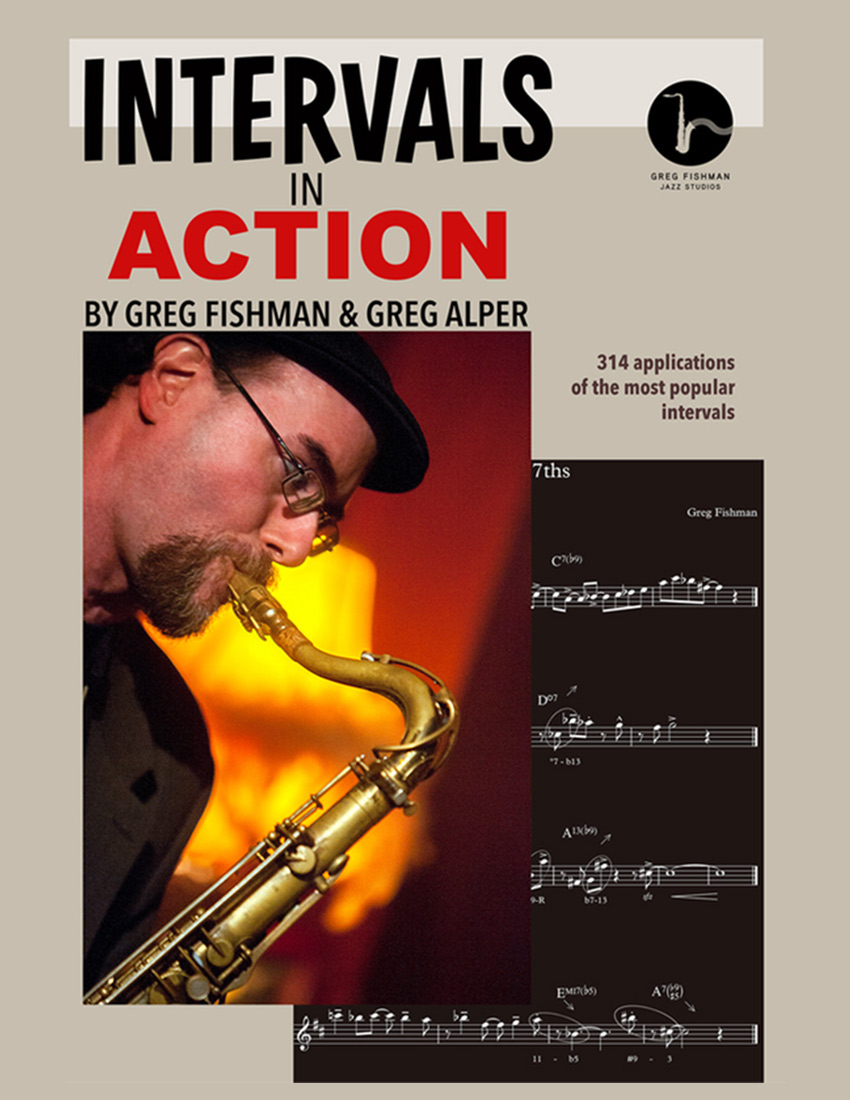 Intervals in Action
$24.95
Intervals in Action
$24.95
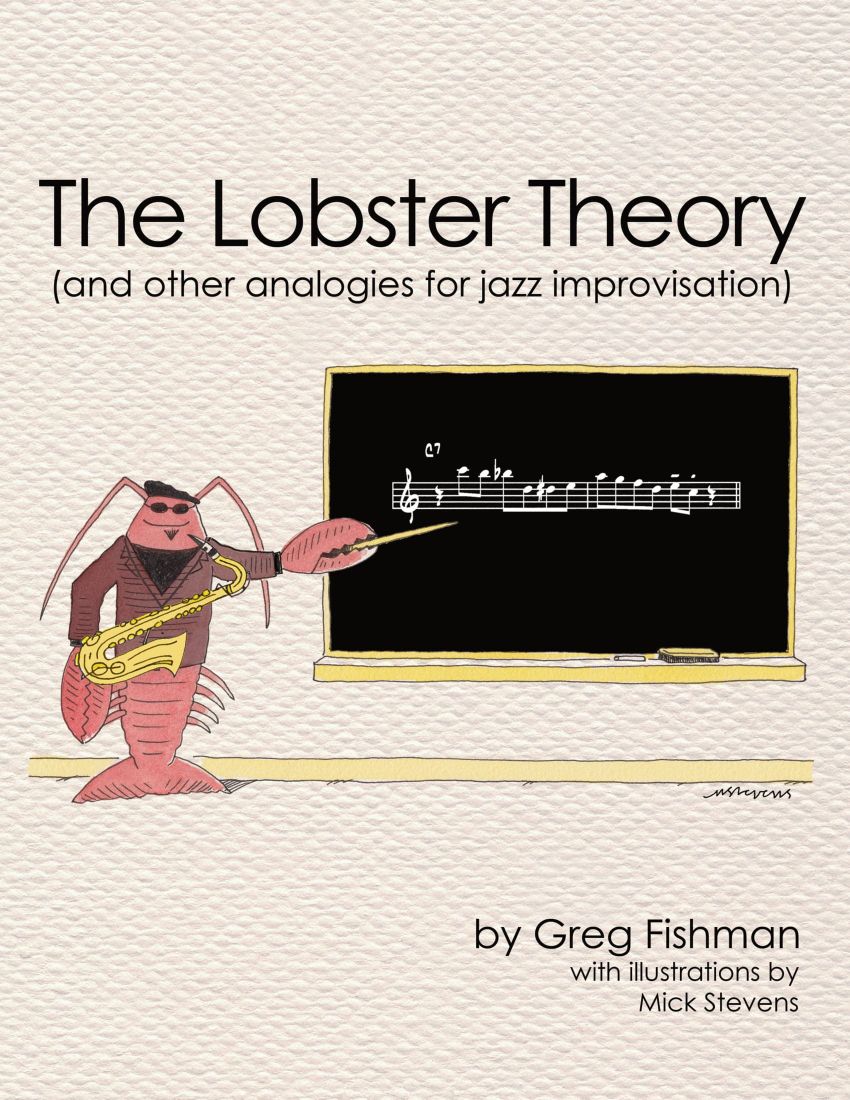 The Lobster Theory (and other analogies for jazz improvisation)
$29.95
The Lobster Theory (and other analogies for jazz improvisation)
$29.95
This video lesson starts with a demonstration of the lick played in several keys, followed by a step-by-step approach showing you how to create the lick.
LESSON 1: Creating a melody from Three Voice Leading Lines
In this video lesson, I demonstrate how to construct a melody from three voice leading lines. This is a great way to make your playing sound both melodic and harmonically accurate.
Harmonically, this approach covers you because you’re using voice leading from three locations in each chord, leading to three new locations in the upcoming chord. Melodically, you’re covered because this approach has built-in sequencing when you switch between the three voices.
Includes PDF practice notes for Eb, Bb and C instruments.
LESSON 2: Exploring Hip Lick #3
In this video lesson, I explore Hip Lick #3 from Hip Licks for Saxophone, Volume 1. The lick highlights a iimi7 V7 chord progression, starting on the 9th of the iimi7 chord.
The video explores strategies for hearing the root movement, 7-3 voice leading and hearing how to easily locate the first note of the lick, which is the 9th of the iimi7 chord. For advanced players, I demonstrate some ways of extending the lick into a two measure
phrase. Includes PDF practice notes for Bb, Eb and C instruments.
LESSON 3: The High Tide Approach to Scale Practice
In this video lesson, I share my concept called “High Tide” for scale practice. This approach will improve your technical facility on the saxophone while also improving your musical memory.
This approach adds one new note each time you ascend the scale from the root. If you’ve been playing your scales the same-old-way for many years, this new approach will add extra freshness for your ears and your fingers.
LESSON 4: The Surfer Analogy & Thinking in Reverse
In This video lesson I share two key concepts that will help to give you smooth technique through efficiency of motion, minimizing any wasted finger movement while
playing the saxophone. In the surfer analogy, your fingers are the surfers, the keys are the surfboards and the keys moving up and down on the horn are the waves of water.
The “thinking in reverse” concept is something that i developed in my 30’s when exploring ways to improve my technical accuracy on the horn. I found that instead of thinking about the finger pressing the note being played, my technique improved if I focused on the keys not being pressed. Implementing these two concepts will greatly improve your technique on the saxophone.
LESSON 5: Road Tips – Location of Notes within Dominant 7th Chords
In this lesson, I show you how to think of one note in four different locations within a Dominant 7th chord. For example, C = Root of C7, but C = the 3rd of Ab7, C = the 5th of F7, and C = the 7th of D7. The importance of enharmonic notes is also discussed in the video. The first part of the video is at an easy pace.
At the end of the video I do a “speed round” for advanced players. This is a fun way to review and sharpen up your chord spelling skills.